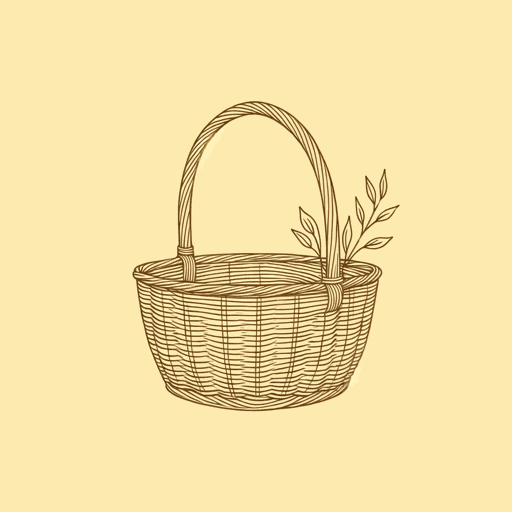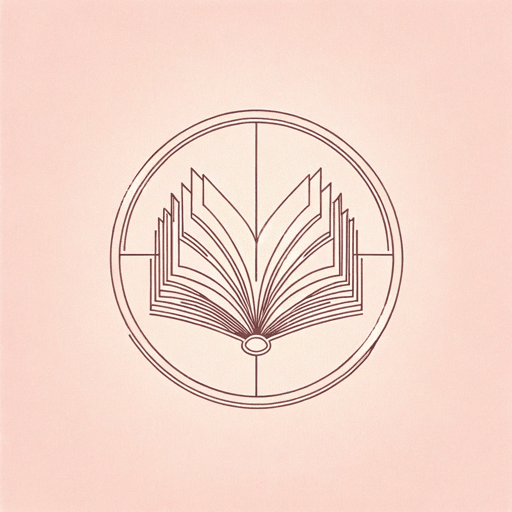21 pages • 42 minutes read
Robert CreeleyA Wicker Basket
Fiction | Poem | Adult | Published in 1991A modern alternative to SparkNotes and CliffsNotes, SuperSummary offers high-quality Study Guides with detailed chapter summaries and analysis of major themes, characters, and more.
Symbols & Motifs
Eating
While “A Wicker Basket” devotes much of its space to action-oriented syntax discussing relatively inactive scenes (waiting for a “headwaiter,” “Picking up change,” leaving a restaurant “Out the door,” getting “in back” of a friend’s car, etc.) (Lines 2, 5, 13, 18), there is a notable activity which the text highlights: eating. Food and eating already haunt the first few lines of the poem, which describe the “time when it’s later” at the end of an implied meal (Line 1). The poem contains seven full stanzas, the first three of which are devoted to postprandial activities. When the poem and its speaker finally do leave the restaurant behind, they quickly return to the culinary motif with the image of the “slice of apple pie” à la mode (Line 22).
One of the most dramatic stanza breaks in the poem occurs right before its conclusion: at the end of the pie image, the speaker says that he “eats it— // Slowly” (Lines 24-25). The stanza break in the middle of a clause, particularly one emphasized by both an em dash and an opening-stanza capitalization, heavily weights the importance of eating and savoring to the poem. While the restaurant scene of the poem’s first half seemed largely incidental at first, the poem’s return to eating by means of 








